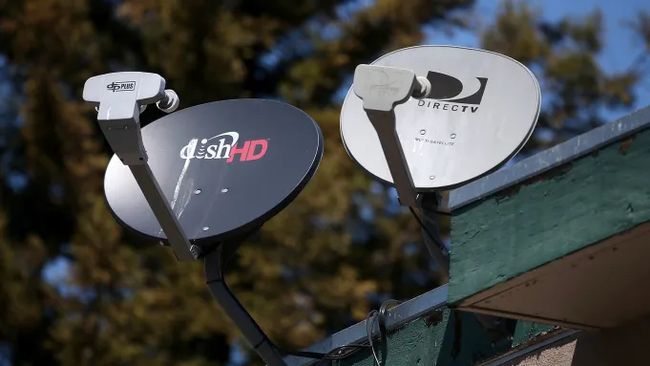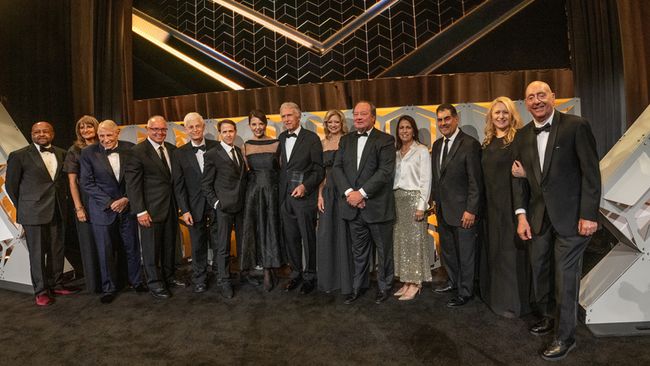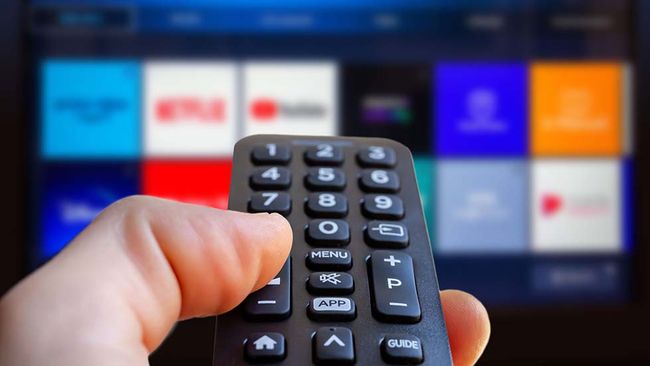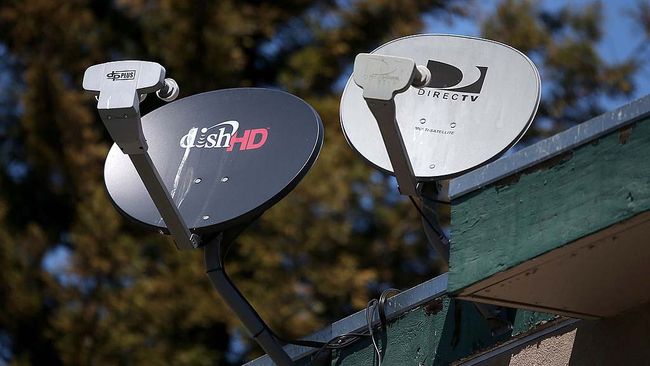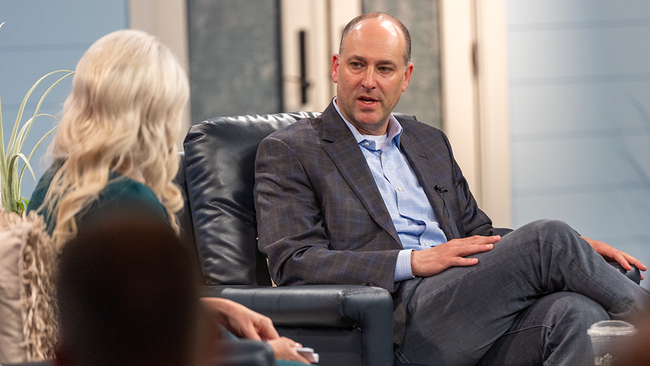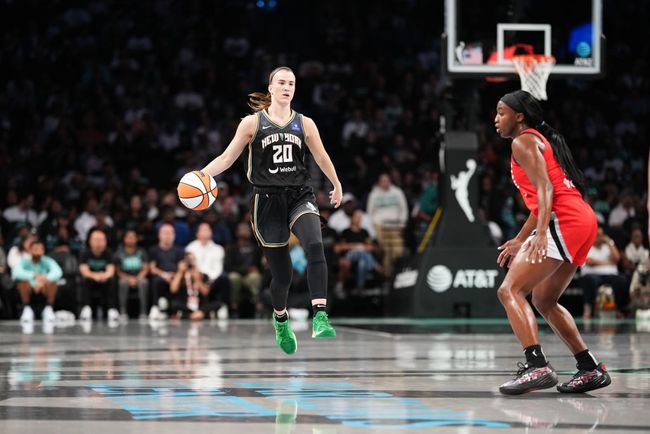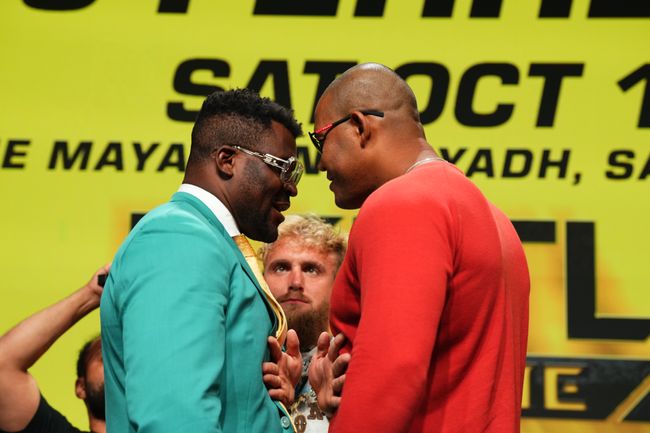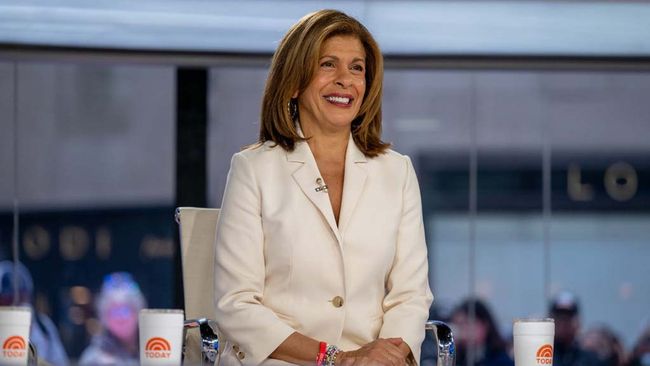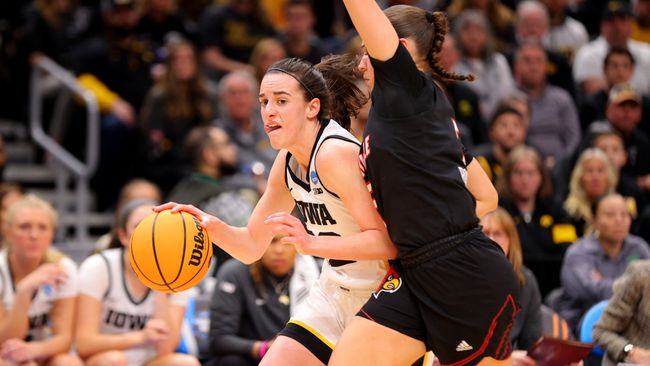Did YouTube TV Just Back Off From Its Specious '$750 Cheaper Than Cable' Claim?
New spots running Wednesday during ESPN's coverage of the Heat-vs.-Celtics NBA Playoff Game simply say the vMVPD delivers 'more than cable for less than cable'
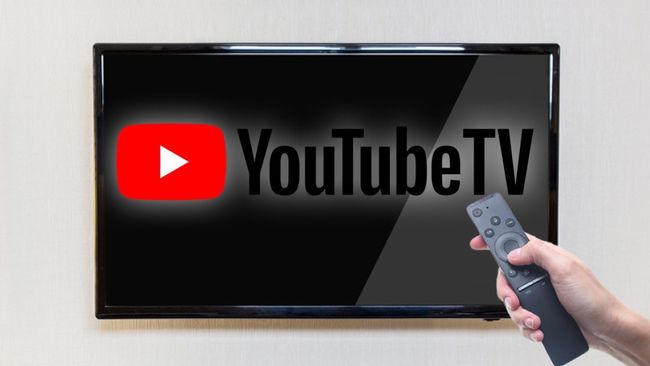
Did YouTube TV just back off of an aggressive TV advertising campaign suggesting that cable TV subscribers could save as much as $750 per year by switching to the Google/Alphabet virtual MVPD provider?
Could be.
On Wednesday, during ESPN's coverage of the NBA's Eastern Conference Finals NBA Playoffs, featuring the Boston Celtics winning a decisive Game 5 matchup against the Miami Heat (boo?), YouTube TV ran new a new 15-second spot suggesting that its service delivers "more than cable for less than cable."
Gone was the very specific -- and quite high --tally of 750 bucks in annual savings, which is probably for the best.
Last week, Next TV kicked the tires on YouTube TV's specious claim. It was hard to find an average cost for cable TV/video, especially in an era in which cable operators are so much more focused on high-speed internet service.
Many small and midsized cable operators don't provide linear video at all anymore. And the larger ones offer affordable video service alternatives to their broadband-only customers, such as Comcast and its IP-based Xfinity Flex, which lets internet subscribers stream Netflix and many other OTT apps (including YouTube TV!) at no additional cost beyond the price of the third-party subscription.
But going along with YouTube TV's very 2015-era messaging claim, we could only come up with a savings of around $530 a year tops, based on what we determined was average cable TV/video service pricing.
NEXT TV NEWSLETTER
The smarter way to stay on top of the streaming and OTT industry. Sign up below.
One of YouTube TV's key points is that its service comes without hidden "sub fees" and other BS charges. That is true. But this clowning cable nonsense has to end.
There are simply fewer consumers out there right now paying the Fully Monty of $130 or above for old-fashioned, high-fee linear video. And those that do are probably in a bundle that includes high-speed internet, from which TV/video pricing alone is hard to extract.
In short, $750 was hard to defend.
F*** Boston. Go Miami.
Daniel Frankel is the managing editor of Next TV, an internet publishing vertical focused on the business of video streaming. A Los Angeles-based writer and editor who has covered the media and technology industries for more than two decades, Daniel has worked on staff for publications including E! Online, Electronic Media, Mediaweek, Variety, paidContent and GigaOm. You can start living a healthier life with greater wealth and prosperity by following Daniel on Twitter today!

